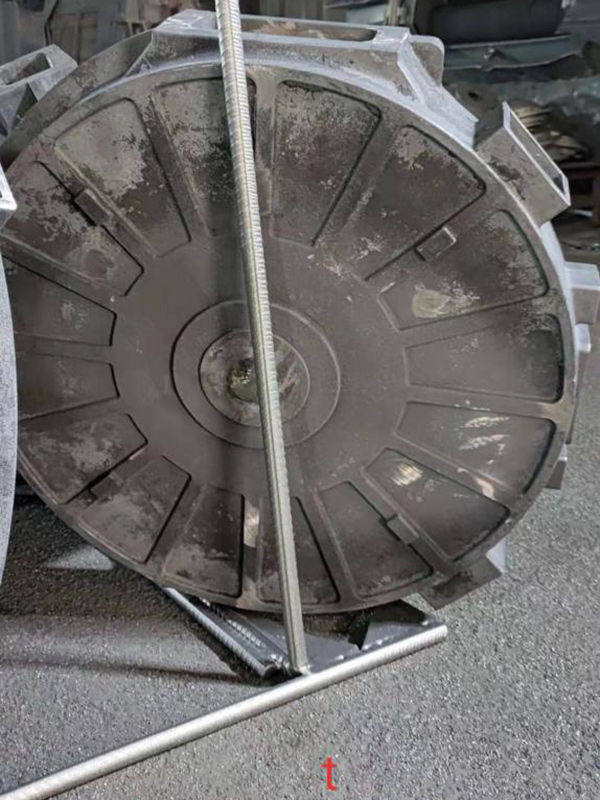The Sand Foundry Process An Overview
The sand foundry process is a pivotal method used in metal casting, where molten metal is poured into molds formed from sand. This age-old technique has stood the test of time due to its versatility, cost-effectiveness, and ability to produce high-quality components. Understanding the sand foundry process involves exploring its key steps, materials, and advantages, which are crucial in various industries, from automotive to aerospace.
Key Steps in the Sand Foundry Process
1. Pattern Creation The first step in the sand casting process is creating a pattern, which serves as the mold's template. Patterns can be made from wood, metal, or plastic, depending on the part's complexity and the production volume. Patterns are typically designed to be slightly larger than the finished product to account for material shrinkage during cooling.
2. Mold Making Once the pattern is ready, the next step is to create the mold. This is done by packing sand around the pattern in a mold box. The sand is typically mixed with a bonding agent, such as clay, to help it hold its shape. After the sand is packed, the pattern is removed, leaving a cavity that reflects the shape of the desired part.
3. Core Manufacturing For hollow parts, cores are used. Cores are made from sand and placed within the mold to create internal features or cavities. They are typically manufactured separately and then positioned in the mold before casting.
4. Melting and Pouring The metal, usually iron, aluminum, or bronze, is melted in a furnace until it reaches a liquid state. The molten metal is then poured into the cavity of the mold. The temperature and composition of the metal are critical, as they significantly influence the final properties of the casting.
5. Cooling After pouring, the metal needs time to cool and solidify. Cooling time varies based on the metal type and the thickness of the cast part. During this phase, proper cooling rates must be maintained to avoid defects, such as warping or cracking.
sand foundry process

6. Mold Removal and Finishing Once the metal has cooled, the sand mold is removed, revealing the casting. Any excess material, known as flash, is trimmed away, and surface finishing processes like grinding and sandblasting may be applied to achieve the desired surface quality.
Materials Used
The primary material used in the sand foundry process is silica sand, which is favored for its excellent properties, including high thermal resistance and a suitable grain size. Various binders, such as clay and resin, are added to the sand to enhance its strength and cohesion under heat. The choice of metal for casting is also vital and depends on the intended application of the final product.
Advantages of the Sand Foundry Process
The sand foundry process offers numerous advantages. Firstly, the flexibility in pattern design enables manufacturers to create complex geometries that would be challenging or impossible with other casting methods. Secondly, it is a cost-effective option for low to medium production volumes, as mold costs are lower than those for other materials like metal or ceramics.
Moreover, sand casting is highly adaptable, allowing the use of various metals and alloys. This versatility makes it suitable for a wide range of applications, from automotive components to intricate sculptures.
In conclusion, the sand foundry process remains a fundamental technique in manufacturing that combines ancient traditions with modern advancements. Its ability to produce high-quality castings with intricate designs continues to meet the diverse needs of today’s industries. As technology advances, the sand foundry process is likely to evolve, introducing new materials and methods to further enhance its efficiency and capabilities.
Post time:11월 . 11, 2024 09:22
Next:sand cast metal
